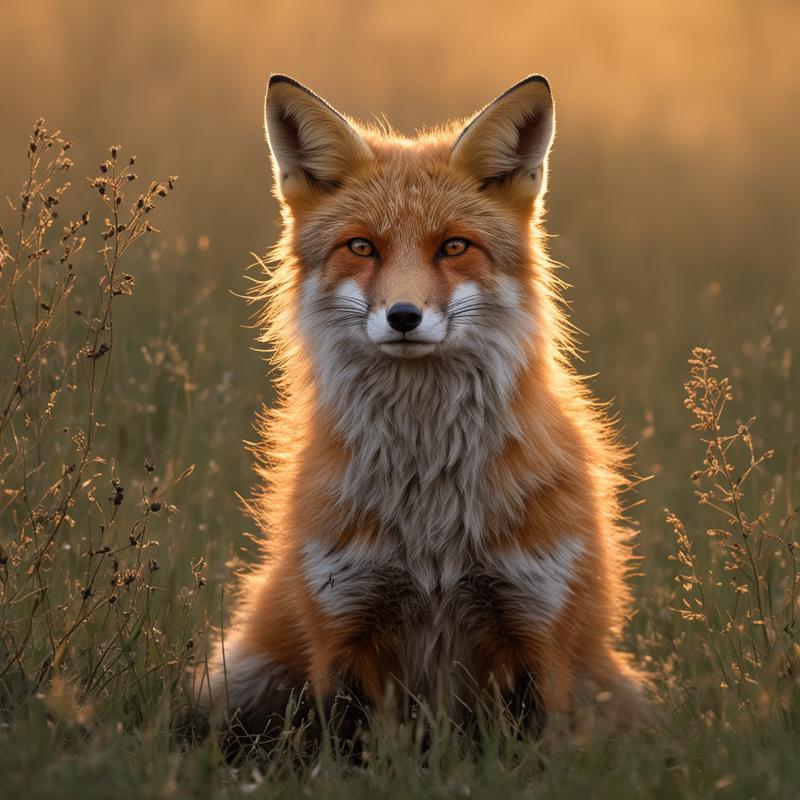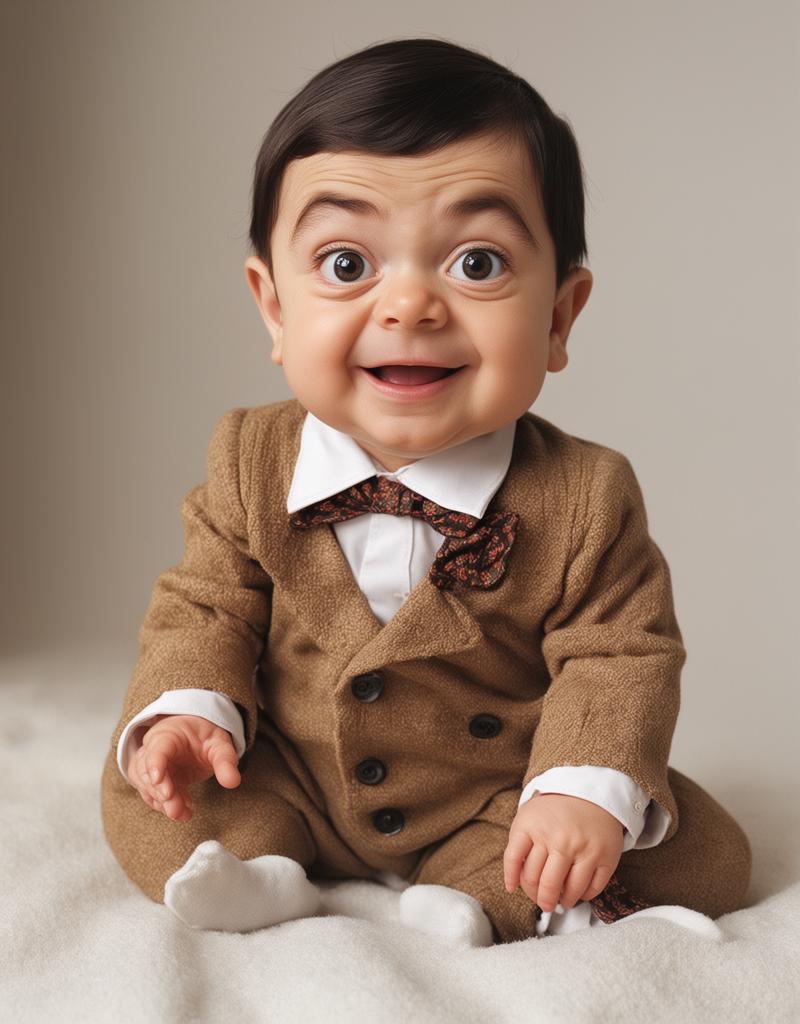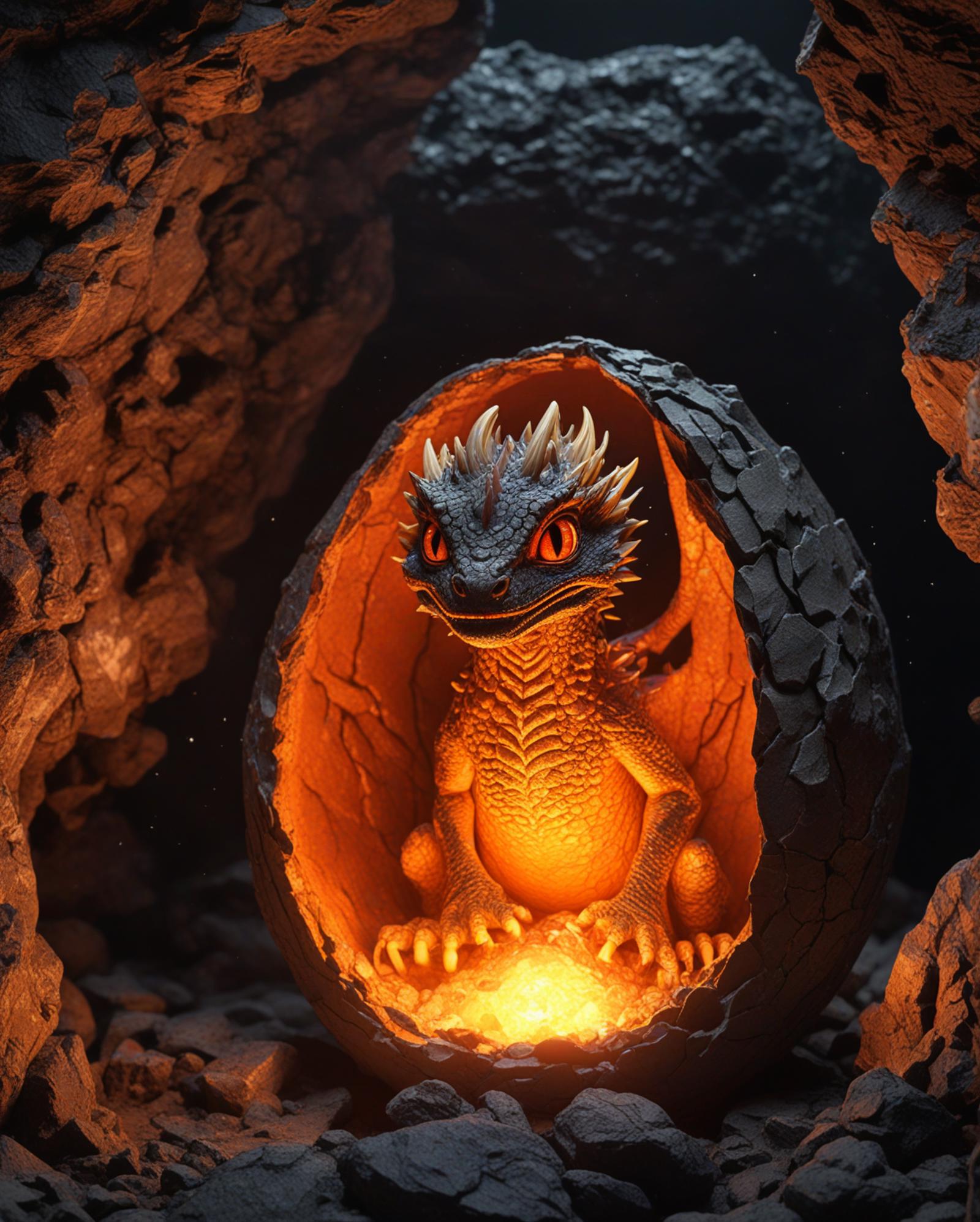Text-to-image prompts represent an ingenious blend of natural language processing and computer vision, enabling the translation of textual descriptions into vivid visual representations. The efficacy and realism of these generated images hinge upon the meticulous consideration of several key components: subject, posture, clothing, background, environment, and lighting. Each element contributes uniquely to the overall coherence and richness of the visual narrative, fostering a seamless fusion of textual context with graphical depiction.
1. Subject:
The subject forms the nucleus of the image, embodying the primary entity or concept elucidated in the textual input. Whether it's a person, object, or abstract notion, the subject anchors the visual composition, dictating the focus and thematic essence of the generated image. The accuracy and fidelity in rendering the subject are pivotal, as they determine the clarity and resonance of the visual narrative.

2. Posture:
Posture encapsulates the bodily positioning and gestures of the subject within the image. It serves as a conduit for expressing emotion, intention, and narrative dynamics. From subtle nuances to overt gestures, the posture infuses the image with a sense of dynamism and character, enhancing its emotive and narrative depth.

3. Clothing:
Clothing acts as more than mere attire; it is a visual cue that communicates identity, culture, and context. In the realm of text-to-image prompts, clothing plays a vital role in characterizing the subject and contextualizing their role within the depicted scenario. The style, color palette, and fabric texture of the garments contribute significantly to the visual coherence and thematic resonance of the generated image.

4. Background:
The background serves as the contextual backdrop against which the subject is situated, framing the narrative space of the image. Whether it's a bustling urban landscape, serene natural setting, or abstract backdrop, the background elements enrich the visual storytelling by providing spatial context and thematic depth. The choice of background elements influences the mood, tone, and interpretative framework of the generated image.

5. Environment:
Beyond the immediate background, the broader environment encompasses the surrounding elements and spatial context that define the depicted scene. This includes architectural features, landscape elements, atmospheric conditions, and cultural artifacts that contribute to the immersive quality and narrative richness of the image. The environment adds layers of detail and contextual cues that enhance the viewer's engagement and interpretation of the visual narrative.

6. Lighting:
Lighting serves as the artistic medium that shapes the visual ambiance and perceptual depth of the image. From natural sunlight to artificial illumination, the interplay of light and shadow imbues the image with mood, atmosphere, and visual hierarchy. Lighting influences the tonal balance, spatial depth, and emotional resonance of the visual composition, accentuating textures, defining focal points, and evoking emotional responses.

In essence, the components of text-to-image prompts coalesce to form a synergistic ensemble, orchestrating a harmonious synthesis of textual context and visual representation. Subject, posture, clothing, background, environment, and lighting converge to create immersive, evocative, and contextually rich visual narratives that captivate the imagination and transcend the boundaries of traditional storytelling. As advancements in AI technology continue to push the boundaries of creativity and realism, understanding and refining these components will pave the way for new frontiers of visual expression and narrative innovation.
